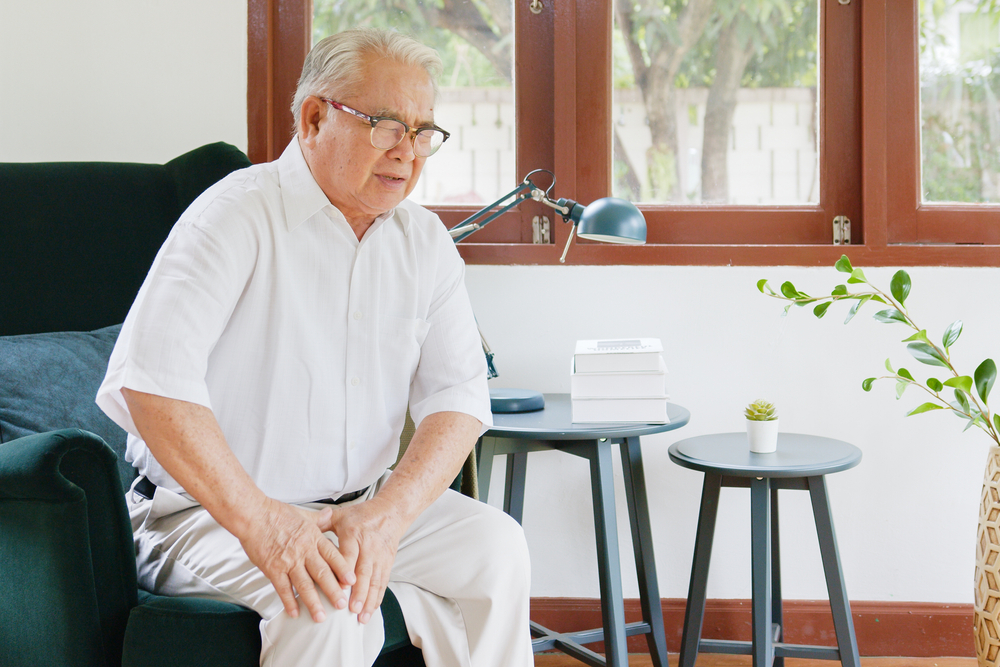When Nerve Pain Won't Quit: Exploring Non-Surgical Treatment Options
- Dr. Chris Colgin

- Aug 1
- 4 min read
Is your body sending electric jolts of pain down your limbs, or leaving patches of numbness that just won’t fade? For those searching for lasting nerve pain treatment, the road to relief can feel endless, and the frustration runs deeper than the nerves themselves.
Chronic nerve pain, medically known as neuropathic pain, emerges when nerves misfire or sustain damage. The sensations can be sharp, burning, tingling, or even icy cold. This isn’t the typical soreness from a tough workout; it’s a persistent discomfort that lingers long after injuries heal or sometimes strikes without any clear warning at all.
Nerve pain treatment often becomes necessary for people dealing with neuropathy, traumatic injuries, or nerve compression conditions such as sciatica, carpal tunnel syndrome, or radiculopathy. Whether triggered by metabolic disorders like diabetes or the result of physical trauma, nerve pain can derail sleep, concentration, and the ability to stay active.
The Struggle to Manage Nerve Pain Without Heavy Medications
While prescription medications, especially opioids, are commonly used to dull nerve pain, they come with a steep cost. Sedation, digestive issues, brain fog, and dependence are just some of the side effects many patients are desperate to avoid.

The real challenge lies in treating the root cause rather than masking the symptoms. People in pursuit of true healing often find themselves searching for alternatives that will allow them to live pain-free without relying on powerful drugs. The good news is that a diverse range of non-surgical therapies is helping more individuals regain control over their lives and bodies.
Non-Surgical Avenues for Nerve Pain Treatment
Conservative management of nerve pain focuses on restoring function, reducing inflammation, and retraining the nervous system to interpret sensations correctly. Physical therapy remains a cornerstone, using exercises to improve strength, flexibility, and circulation while teaching safer movement patterns to reduce nerve irritation.
Devices like TENS units (Transcutaneous Electrical Nerve Stimulation) offer temporary relief through gentle electrical pulses that distract the brain from pain signals. Neuromodulation techniques, including spinal cord stimulation, are emerging options for severe cases, helping to override chronic pain pathways with new electrical impulses.
Mind-body practices—like meditation, yoga, or biofeedback—may sound simple, but they play a critical role in reducing stress and calming an overly sensitized nervous system. For many, these practices become powerful tools in breaking the cycle of chronic pain.
Shockwave Therapy’s Emerging Role in Nerve Pain Treatment
In recent years, shockwave therapy has gained momentum as a non-invasive option for certain nerve pain conditions. Originally used to break up kidney stones, acoustic wave technology has been adapted for musculoskeletal and nerve-related issues. SoftWave, the specific form of shockwave therapy we utilize, works by delivering energy pulses into tissues, stimulating blood flow, reducing inflammation, and encouraging cellular regeneration.
For patients struggling with neuropathic pain, like nerve irritation after injuries or surgeries, shockwave therapy has shown promise. Studies suggest it can help diminish pain intensity, improve nerve function, and shorten recovery timelines. Treatments like shockwave therapy have become increasingly popular for their ability to support nerve healing without surgical intervention.
Unlike injections or surgery, shockwave therapy requires no downtime and carries minimal side effects beyond mild soreness or redness in the treatment area. For athletes and highly active individuals eager to avoid invasive procedures, it offers a bridge between conservative care and more drastic measures.
Additional Tools in the Non-Surgical Toolbox
Other innovative options for nerve pain treatment include non-surgical spinal decompression, which gently stretches the spine to relieve pressure on compressed nerves. This technique is especially beneficial for individuals dealing with sciatica or disc-related nerve pain. Our practice is proud to offer a unique spinal decompression table found nowhere else on the West Coast, providing precise, robotic-assisted therapy for spinal issues.

A holistic plan doesn’t stop with physical therapies alone. Nutrition plays an enormous role in pain modulation. The body’s inflammatory response can either support or hinder nerve healing. Athletes and active individuals benefit greatly from embracing the role of nutrition in sports injury recovery, incorporating nutrient-rich foods like leafy greens, fatty fish, berries, and turmeric—all known to combat chronic inflammation and promote tissue repair.
Approaches like red light therapy have also shown potential in managing nerve pain by improving circulation and reducing oxidative stress at a cellular level. As research grows, these modalities continue to offer hope for those who refuse to accept nerve pain as a permanent reality.
Finding the Right Path Toward Relief
Navigating nerve pain treatment demands both patience and a willingness to try different methods. Pain that persists for months often requires an integrative strategy. No single therapy holds all the answers, but combining modern technology like shockwave therapy with tailored physical care, advanced decompression systems, and nutritional support dramatically improves the odds of long-term relief.
At Optimal Health Members, we dedicate our time to helping people pursue life without chronic nerve pain. Our SoftWave technology, alongside services like non-surgical spinal decompression, chiropractic care, and nutritional coaching, provides patients with a comprehensive, non-surgical approach to regaining comfort and function. We believe everyone deserves a chance to move without pain and return to the activities they love.
There’s no reason to let nerve pain define the limits of your life. Book a session with us today and discover how innovative, non-surgical solutions can help you reclaim your body, your freedom, and your future.






Comments